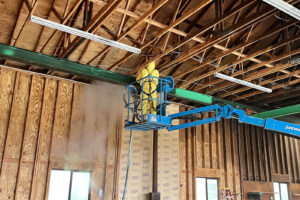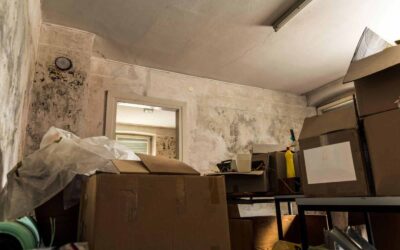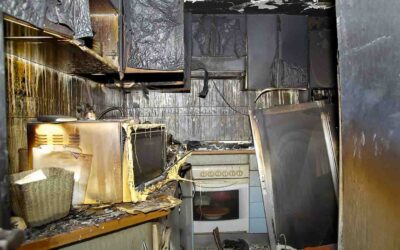
More Ventilation is Better
As many of you know from previous discussions, my opinion is that more ventilation is better. So it would stand to reason that by adding an electric fan (or ‘power vent,’ as it is known in the industry) you would increase the ventilation substantially, and that I would be all for it. Not so fast my friends. Your home’s attic ventilation system is a passive system, meaning that it does not require power or other means of ‘help’ in order to work. So even when the power is out, the system works properly. When you change your passive system to an active system by adding power vents, you have added a number of variables that all need to be considered.
Air, by Its Nature, is Lazy
It will go where it is told, or simply lay stagnant if allowed to do so. It will also only travel the shortest distance possible, and make no effort to go one inch further than it’s told. So, what we see all too often when a power vent is added, is that the air gets pulled from the closest soffit vent and blown through the power vent, taking the shortest possible route. So what’s the problem? The problem is that the areas not along that route are often neglected, getting little (and often) no airflow. What do we know about mold growth? It thrives in conditions of little airflow. So is it possible then, to have mold growth in places you never had it after installing a power vent? Not only is it possible, but happens with regularity! Usually it is the farthest and lowest corners from the vent that this happens in most often. Now don’t get me wrong, there is a time and circumstance in which power vents are used, but for my money (and yours for that matter!) they should really only be used as a last resort. Because the truth is, that if you can simply add a few vent pairs (which is much cheaper, both initially and in the long run) you are better off in the end.
When to Use Power Vents
The last thing I will say is this. Some of my clients already have power vents, and they often ask me if they should take their vent out. The reason they like it is because it kicks on during the summer when it’s hot and expels the hot air, helping to cool the house. The answer to this question is a resounding ‘no,’ you don’t have to remove the power vent. That power vent is set up on a thermostat, and kicks on during the summer, when the humidity in the Northwest rarely exceeds 40%, let alone the 60+% you would need for mold growth. The trouble is when you set your power vent to work on a humidistat, and it kicks on during the winter when the humidity is often 80 or 90+%. So for you power vent folks who like the temperature relief, breathe easy!


